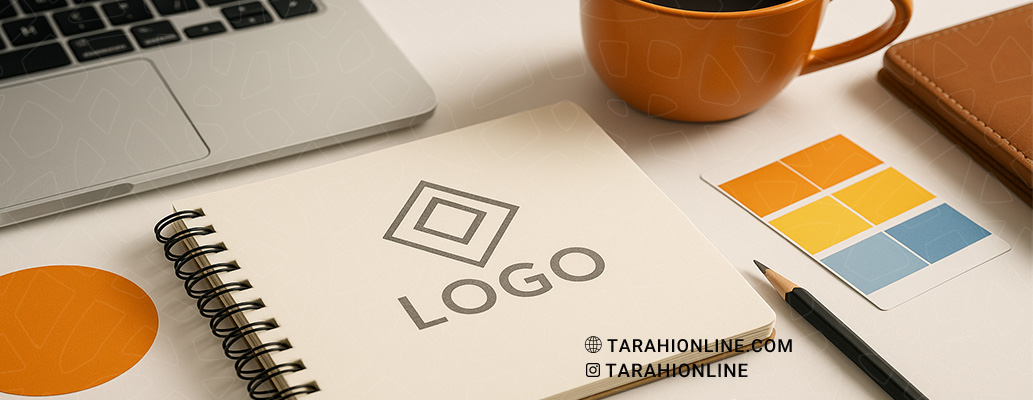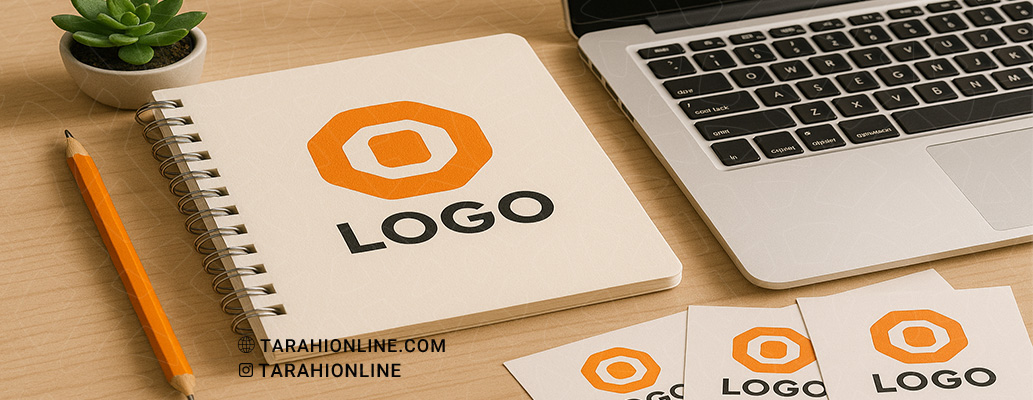
Designing a logo for small businesses is a crucial step in building a visual identity and gaining customer trust. A well-designed logo can help small businesses stand out in a competitive market, even on a limited budget. This article explores the principles, steps, and key tips for creating an effective and cost-efficient logo for small businesses.
Importance of a Logo for Small Businesses
A logo serves as the visual face of a brand, playing the following roles for small businesses:
-
Brand Recognition: A logo helps customers remember and recognize your business.
-
Building Trust: A professional logo conveys credibility and professionalism.
-
Differentiation from Competitors: In local or online markets, a logo gives your business a unique identity.
-
Budget-Friendly Flexibility: Even with limited resources, a simple yet impactful logo can be designed.

Steps to Design a Logo for Small Businesses
A) Understand the Business and Audience
Before designing, gain a thorough understanding of the business and its customers:
-
Business Analysis: Identify the type of business (e.g., café, boutique, or online service), its values, and mission.
-
Target Audience: Research the age, gender, interests, and culture of your customers. For example, a local café logo might need a warm, welcoming feel.
-
Competitor Analysis: Study the logos of local or similar competitors to find distinctive ideas.
B) Choose an Appropriate Design Style
-
Simplicity: Simple logos (e.g., a café logo with a coffee cup) are memorable and cost-effective for small businesses.
-
Suitable Styles:
-
Wordmark: Ideal for introducing the brand name (e.g., a store’s name).
-
Iconic: Great for businesses wanting a strong visual symbol (e.g., a flower icon for a florist).
-
Combination: A mix of text and icon (e.g., Starbucks) for greater flexibility.
-
-
Industry Alignment: For example, a bakery logo might use warm colors and organic shapes, while a tech business needs modern fonts and clean lines.
C) Select Colors and Typography
-
Colors:
-
Use a simple color palette (1-3 colors) to reduce printing costs.
-
Choose industry-relevant colors (e.g., green for sustainable businesses, brown for cafés).
-
Consider color psychology: blue for trust, red for energy.
-
-
Typography:
-
Opt for legible, simple fonts like Sans-Serif (e.g., Roboto or Open Sans).
-
Avoid complex or decorative fonts that reduce readability.
-
For long brand names, use abbreviations or compact fonts.
-
D) Design with Cost-Effective Tools
-
Free or Affordable Tools:
-
Canva: Ideal for quick designs with ready-made templates.
-
Hatchful by Shopify: An online tool for creating simple logos.
-
Inkscape: A free vector design software.
-
-
Manual Design or Outsourcing:
-
If budget allows, hire a local graphic designer (costs typically range from $50 to $500 depending on complexity).
-
Use freelance platforms like Fiverr or Upwork to find affordable designers.
-
E) Test and Refine
-
Legibility Test: Check the logo in small sizes (e.g., business cards) and large formats (e.g., signage).
-
Customer Feedback: Show the logo to a few target customers and collect their opinions.
-
Media Compatibility: Ensure the logo performs well on social media, websites, and print (e.g., menus or packaging).
Key Tips for Designing a Small Business Logo
-
Minimalism: Simple logos are not only cheaper but also more memorable.
-
Flexibility: The logo should be clear and usable in various formats (digital, print, monochrome).
-
Local Culture Alignment: For local businesses (e.g., a traditional restaurant), incorporate cultural elements like patterns or local colors.
-
Avoid Copying: Design a unique logo to prevent legal issues or similarity to competitors.
-
Focus on Brand Name: For small businesses, wordmark or combination logos help introduce the brand name.
-
Vector Design: Use vector formats (e.g., SVG or EPS) to maintain quality at any size.
Challenges and Solutions
-
Limited Budget:
-
Solution: Use free tools like Canva or Hatchful, or work with affordable freelance designers.
-
-
Lack of Brand Recognition:
-
Solution: Combine the logo with the brand name or a short tagline to build initial recognition.
-
-
Legibility in Small Sizes:
-
Solution: Avoid excessive details or complex fonts and test the logo in various sizes.
-
-
Market Competition:
-
Solution: Design a logo that aligns with local customer needs and stands out from competitors.
-
Maintaining the Logo After Design
-
Usage Guidelines: Create a simple guide for using the logo (colors, sizes, spacing).
-
Consistent Usage: Apply the logo consistently across all media (business cards, websites, packaging).
-
Cautious Updates: If updating the logo later, make changes that preserve the core identity.
Examples of Successful Small Business Logos
-
Local Cafés: Simple logos with coffee cup icons and handwritten fonts for a cozy feel.
-
Clothing Boutiques: Minimal logos with chic colors (e.g., gold or black) and modern fonts.
-
Online Businesses: Combination logos with simple icons and brand names for social media recognition.
Designing a logo for a small business doesn’t require a large budget but demands careful planning and a focus on simplicity and brand identity. By understanding the business, choosing appropriate colors and typography, using cost-effective tools, and testing the logo in various contexts, you can create a logo that looks professional and attracts customers. If you lack design experience, collaborating with a local designer or using online platforms can help you craft a distinctive and memorable logo for your small business.
The Tarahi Online graphic and logo design team, with over ten years of experience in professional graphic and logo design, is ready to assist you and bring your ideas to life. Contact us to submit your request or place an order.
